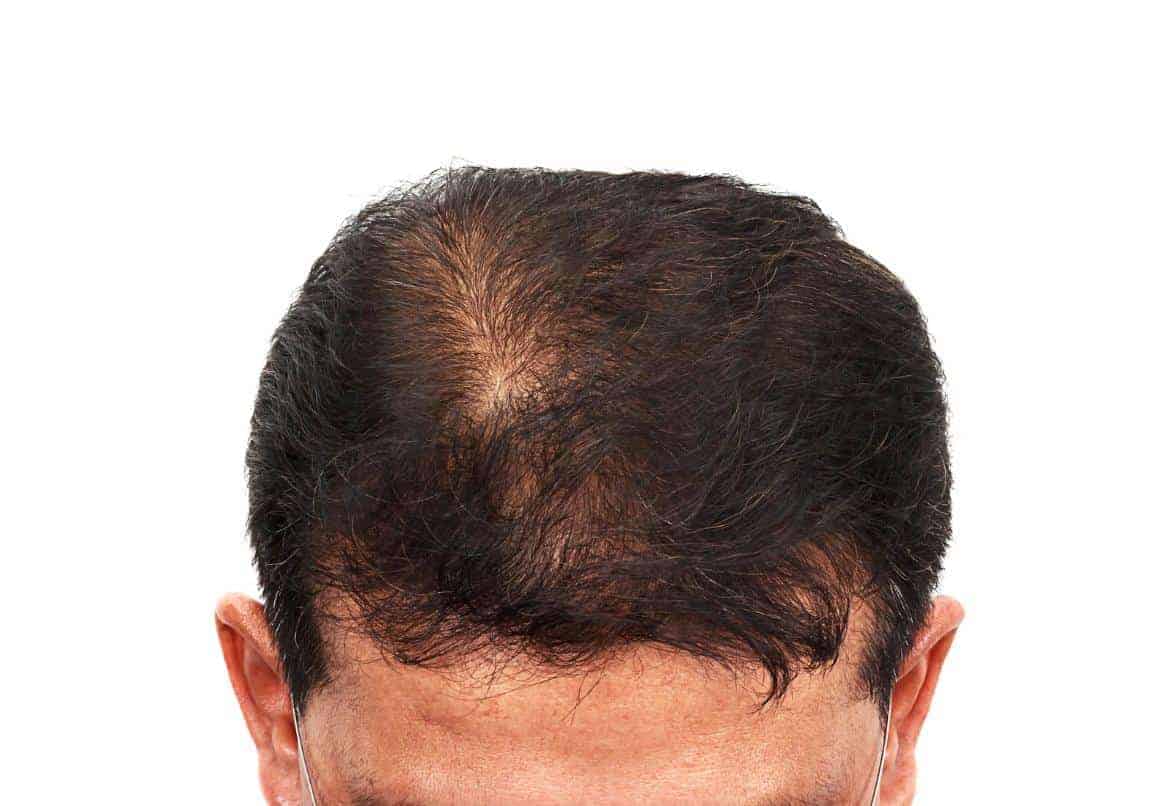An individual experiencing hair loss can turn to hair transplant for an effective solution. Techniques such as FUE and Robotic FUE provide lasting solutions. When contemplating the most suitable procedure to get. Knowing more about donor sites and where they are is one way to prepare. A hair restoration professional can provide relevant information regarding a donor site. The following contains basic information about donor hair site.

Donation Requirements
Grafts refer to the hair, a combination of follicles, tissue and skin removed from a donor site. Individual heads are significantly different, and that is why the donor site is an important part of the transplant process. A doctor has to remove hair from a patient’s head for the transplant process. For example, a viable donor site is one with DHT-resistant hair. DHT (dihydrotestosterone) is the hormone that causes balding in men and women. You may wonder; can you get hair from someone else? Such an option is only possible with identical twins that possess genetic makeup similarities. Any other case and a patient’s body will reject hair from another person. It would mean taking anti-rejection medication for life, and that alone has its health risks. Until it becomes possible to get hair donation from another person without rejection, individual donor sites will continue to be the best option.
Suitable Sites
In male and female pattern baldness, hair loss follows a certain “pattern”. Parts of the head, specifically the side and the back, retain hair. No matter how severe the balding condition gets, hair from these parts will continue to grow. In such an instance, a doctor will use these sections as the donor sites. If hair loss is due to other conditions such as alopecia areata or diffuse hair loss, a clinic like Sure Hair International will have to consider other options.
Hair Thickness
The thinness or thickness of the hair will also dictate where the donor site is. Hair that is too thin will not generate the expected results of transplantation. Sometimes it may be necessary to wait for hair to get thicker before picking a donor site. A doctor may recommend hair thickening products and a specific diet to pad up hair width.
Other factors such as hair colour, curl and wave, density and texture will determine the best sections to act as donors. A doctor will also consider the progressive nature of a hair loss condition before picking the most suitable site.
Sources:
Harvesting of Donor Hair for Hair Transplants, International Society of Hair Restoration Surgery, 1 October 2003
Understanding Surgical Hair Restoration, WebMD












